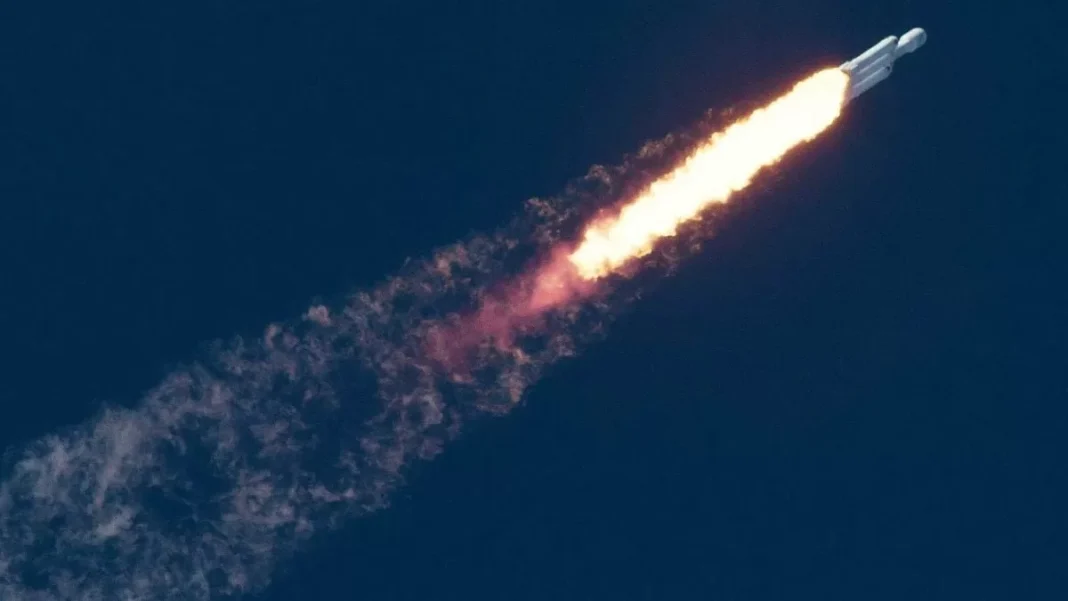A Growing Concern: How Rocket Launches are Affecting the Ozone Layer’s Recovery
The ozone layer, a protective shield of gas in our Earth’s stratosphere, has been a topic of concern for decades. In the 1980s, scientists discovered a hole in the ozone layer over Antarctica, caused by the release of harmful chemicals such as chlorofluorocarbons (CFCs). This discovery led to the implementation of the Montreal Protocol, a global agreement to phase out the production and use of these chemicals. Thanks to this international effort, the ozone layer has shown signs of recovery in recent years.
However, a new threat to the ozone layer has emerged – rocket launches. According to recent scientific studies, the increasing number of rocket launches may be compromising the ozone layer’s recovery. The release of chlorine and soot from rockets, as well as pollutants from satellite re-entry, could have long-term environmental impacts.
The space industry has seen a significant growth in recent years, with more countries and private companies investing in space exploration and satellite launches. While this is an exciting development, it also brings with it a responsibility to ensure that these activities do not harm our planet’s delicate balance.
One of the main concerns is the use of chlorine in rocket fuel. When released into the atmosphere, chlorine can react with ozone molecules, depleting the ozone layer. The amount of chlorine released from a single rocket launch may seem small, but with the increasing number of launches, it can have a significant impact on the ozone layer’s recovery.
In addition to chlorine, rockets also emit soot particles, which can absorb sunlight and warm the surrounding air. This can lead to changes in atmospheric circulation and affect the distribution of ozone. Furthermore, the re-entry of satellites into the Earth’s atmosphere releases pollutants such as nitrogen oxides, which can also contribute to ozone depletion.
The space industry must take immediate action to address these concerns. This can be done through a combination of regulation, innovation, and the use of cleaner fuels. Governments and international organizations must work together to establish strict regulations for rocket launches, limiting the amount of harmful chemicals released into the atmosphere. This will not only protect the ozone layer but also reduce air pollution and its impact on human health.
Innovation is also crucial in finding alternative fuels for rockets that are less harmful to the environment. Some companies have already started exploring the use of liquid hydrogen and liquid oxygen as rocket propellants, which produce water vapor as the only byproduct. This could significantly reduce the amount of pollutants released into the atmosphere.
Moreover, the space industry must also invest in research and development to improve the efficiency of rocket engines and reduce their environmental impact. This could include developing reusable rockets, which would reduce the number of launches and, in turn, the amount of pollutants released.
It is also essential for the space industry to consider the end-of-life of satellites and their re-entry into the Earth’s atmosphere. Proper disposal methods must be implemented to minimize the release of pollutants.
The good news is that the space industry has already taken some steps towards addressing these concerns. For instance, the United Launch Alliance, a joint venture between Boeing and Lockheed Martin, has committed to reducing the use of hazardous chemicals in their rockets. SpaceX, another major player in the industry, has also announced plans to develop reusable rockets and use cleaner fuels.
However, more needs to be done. The space industry must prioritize the protection of our planet and work towards sustainable practices. As we continue to explore and expand our presence in space, we must not forget our responsibility to preserve and protect our home planet.
In conclusion, the increasing number of rocket launches is a growing concern for the recovery of the ozone layer. The release of chlorine, soot, and pollutants during these launches can have long-term environmental impacts. It is crucial for the space industry to take immediate action through regulation, innovation, and the use of cleaner fuels to protect the ozone layer and ensure a sustainable future for our planet. Let us all work together towards a greener and healthier Earth.



